Our world is full of weird and wonderful vegetables. Most of them provide us with essential nutrients and vitamins, some are used in medicine, while some are even poisonous and should be left alone. Among these, Veggies That Start With W offer a diverse range of options to explore, each with its own unique benefits and characteristics.
With so many vegetables from all over the world on offer, it is impossible to list them all in one place. However, if you want to learn about vegetables that start with the letter W, you’ve come to the right place.
There may not be as many as other letters of the alphabet, but there are still plenty of interesting and delicious vegetables that start with the letter W. To build your knowledge of these vegetables, we have compiled a list of vegetables that start with W.
It is our hope that by the end of this post, you have the knowledge to go out to the store and find some new vegetables to use in your kitchen.
Without any further ado, let’s get started!
1. Wasabi

We’ll start this list with a vegetable we have all probably heard of. Related to horseradish, wasabi is collected from a plant that belongs to the cabbage family. It is the root of this plant that is widely used as a spice.
With a beautiful spicy flavor similar to that of hot mustard or chili pepper, wasabi is usually smashed into a vibrant green paste. Wasabi is most commonly served with sushi, giving each dish a burst of flavor and heat.
2. Water Chestnut

You may think the water chestnut is a type of nut, but it is in fact a vegetable. Growing in water, you can eat the corms from the water chestnut raw or cooked.
Typically used in Asian cooking, this vegetable has a tart, nutty, and sweet taste all at the same time.
A lot of people describe this taste as a cross between a coconut and an apple. Small and circular, the water chestnut has the texture of a pear.
3. Water Caltrop

Like the water chestnut, water caltrop also grows in the water. Native to warmer parts of Europe and Africa, the name water caltrop actually refers to three different types of vegetable plants. Interestingly this vegetable is also called bat nut.
This is because its tough exterior looks eerily similar to the bat. You must cook the vegetable that sits inside the bat-shaped pods as it is considered toxic when raw. Most people boil or roast the water caltrop before eating them in a sweet chili sauce.
4. Wax Bean
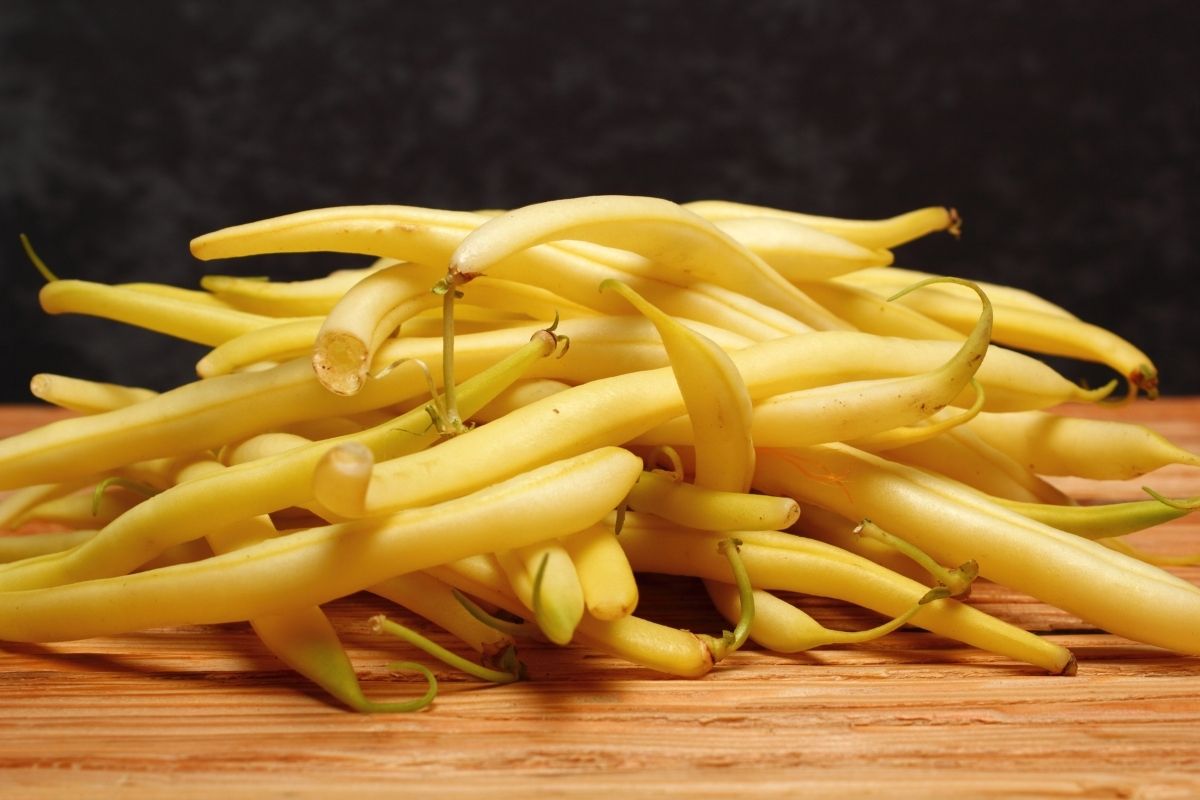
The next vegetable on the list is the wax bean. Unsurprisingly, the wax bean is part of the legume family like most common beans. This type of bean has long yellow and white pods that share their appearance with the bean sprout.
Best when harvested young, these beans are succulent, crisp, and tender, adding a grassy sweet taste and nutty flavors to most dishes. Most people boil or roast this vegetable before adding it to a tasty stir-fry.
5. Welsh Onion
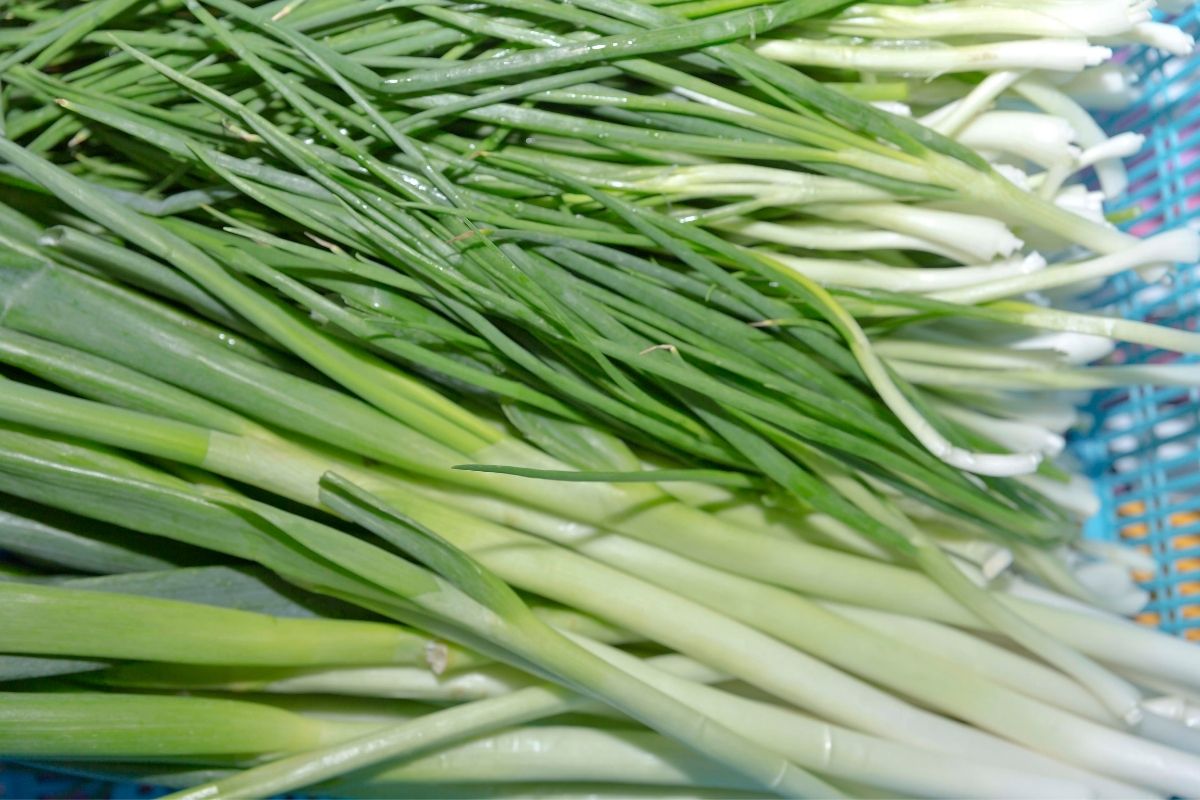
Despite its name, the Welsh onion actually originates from China. As a result, it is most commonly used in Asian dishes. Unlike most types of onions, the Welsh onion doesn’t grow the large bulbs that we usually see.
Instead, this type of onion produces hollow leaves. These hollow leaves are then eaten like spring onions. This vegetable isn’t just used for its chive-like flavor. It is also used as an ornamental plant to bring color and vibrancy to a garden.
6. White Radish
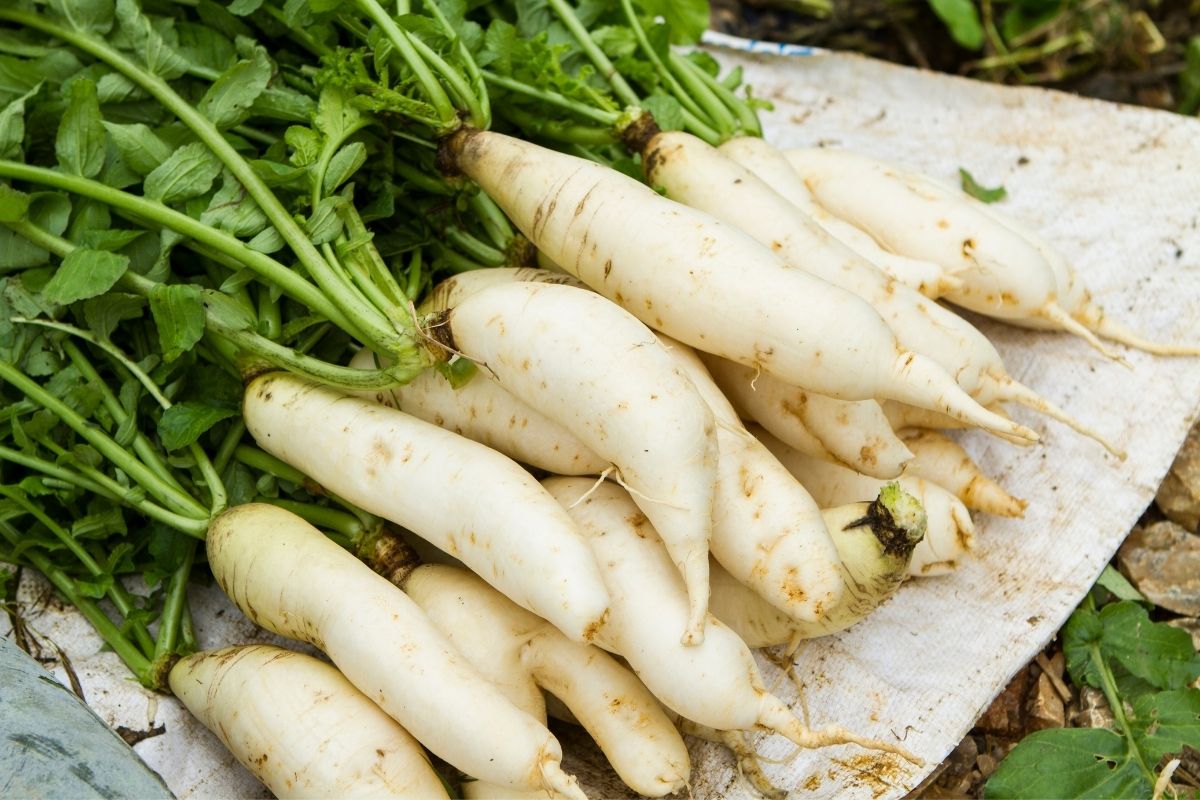
You may know the next vegetable on our list by the name daikon. Eaten for its roots, this creamy white-colored vegetable resembles a swollen carrot. You can eat the root raw, pickled, or cooked.
Unlike red radishes which are peppery in flavor, the white radish has a pleasant mild sweet taste that tastes great when battered and fried with a variety of spices.
7. Wild Garlic
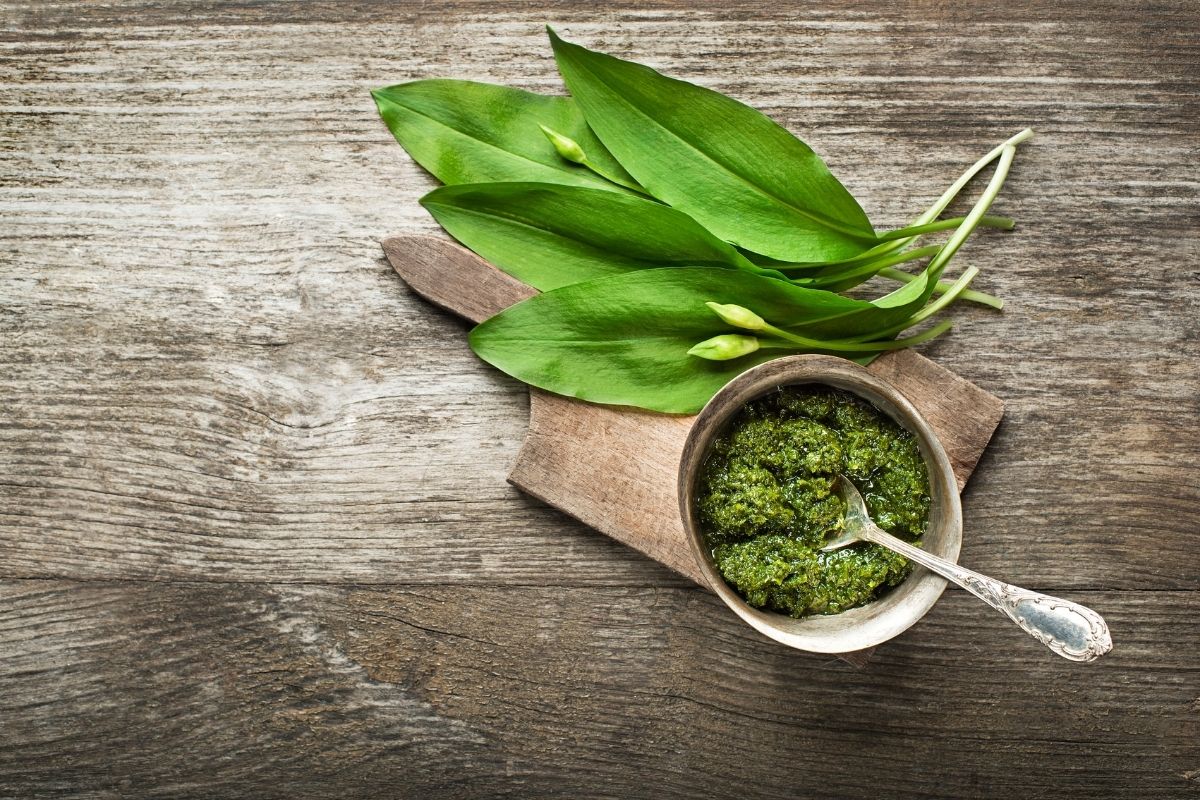
There are a number of different plants with the name wild garlic. The one we are discussing has the scientific name allium canadense.
Often referred to as the Canada onion as a result of it originating from North America, this veggie has a strong sweet taste similar to that of a common onion.
Interestingly it is advised that children don’t eat this vegetable as it can make them quite ill. A lot of gardeners grow this vegetable at home so if you want to try something new why not give it a go.
8. Wild Leek
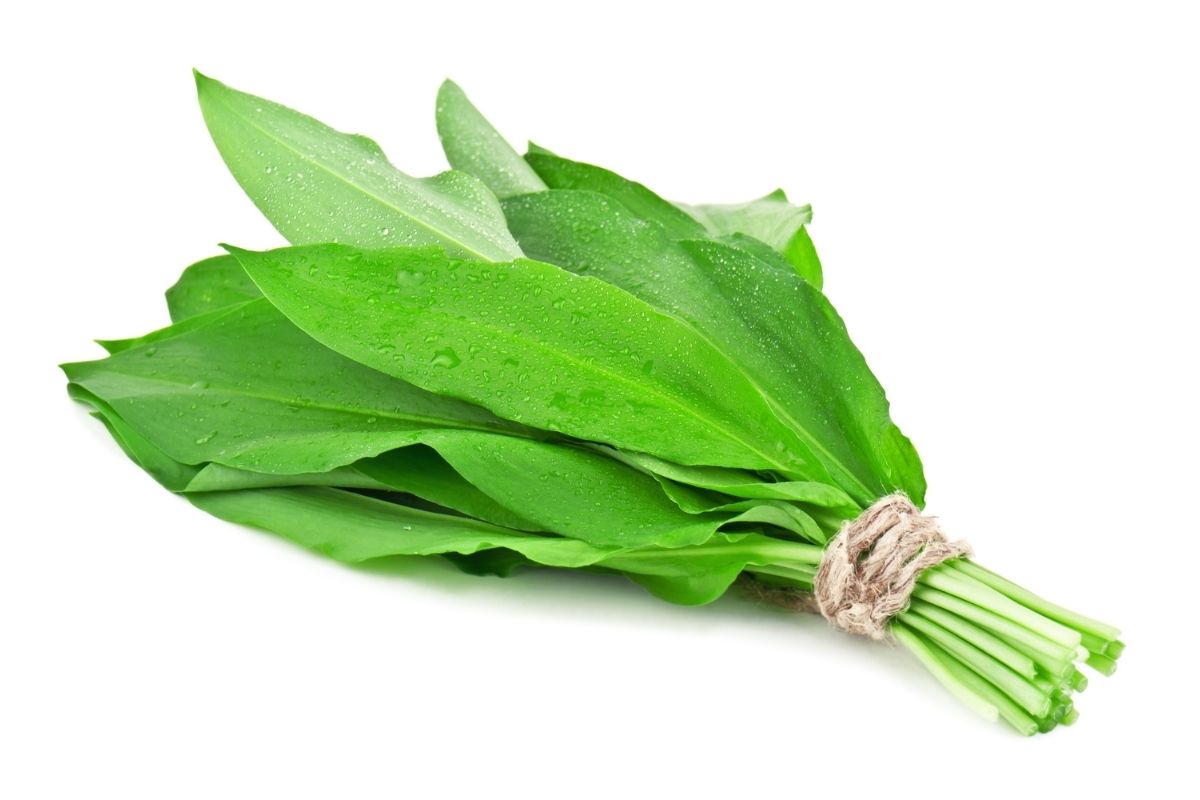
Like wild garlic, this vegetable also refers to a wide range of different vegetables. These include elephant garlic, leek, kurrat, and pearl onion.
A wild relative of the familiar garden vegetable, wild leeks have globe-like heads that sit at the end of thin leafy stems that can grow to 1 m tall. Every part of this plant releases a strong onion-like aroma.
They have a similar onion taste to match. Some wild leek vegetables also have a hint of garlic about them.
9. Winter Gourd
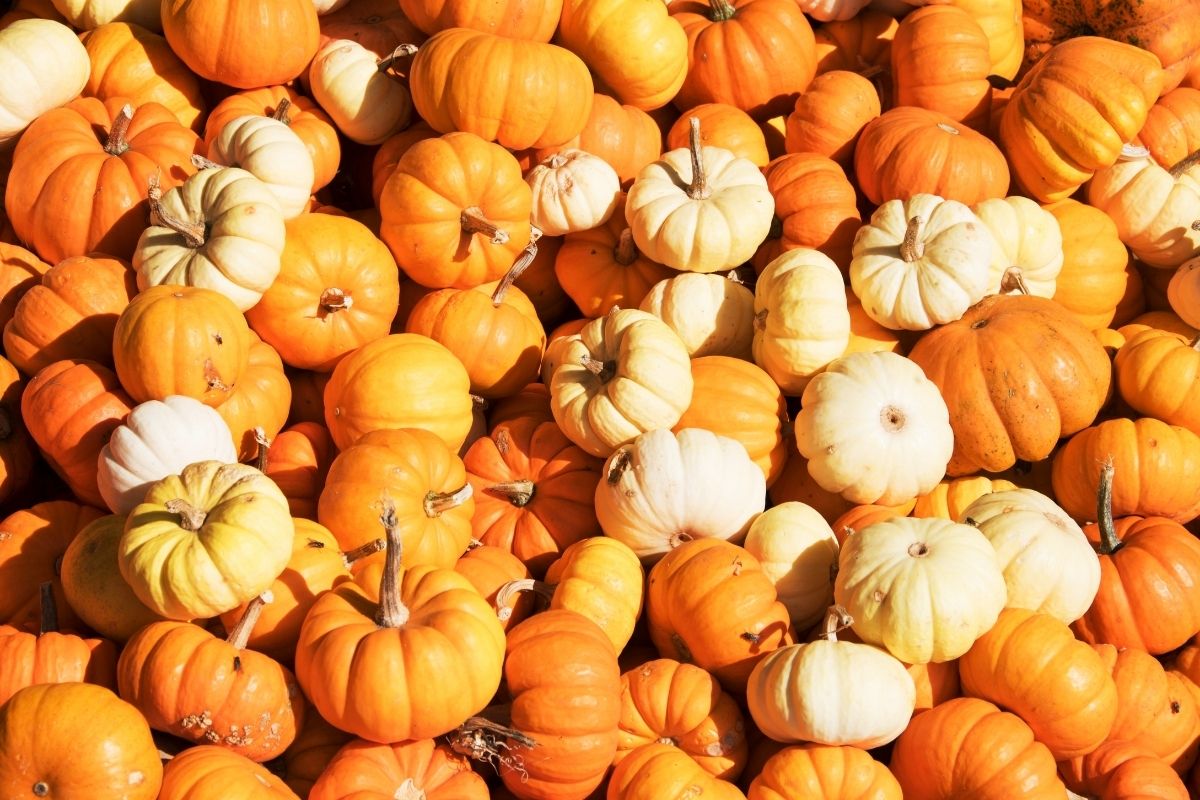
Commonly known as the winter melon, most people consider this vegetable to be a fruit, but like the tomato, it is typically used as a vegetable.
With a mild taste often compared to the taste of the cucumber, the winter gourd can be used as the main ingredient in various stir-fry dishes and Chinese soups. In terms of appearance, when young this vegetable has a hairy exterior like the kiwi fruit.
When the gourd has matured it looks more like a chunky cucumber-shaped watermelon.
10. Winter Squash
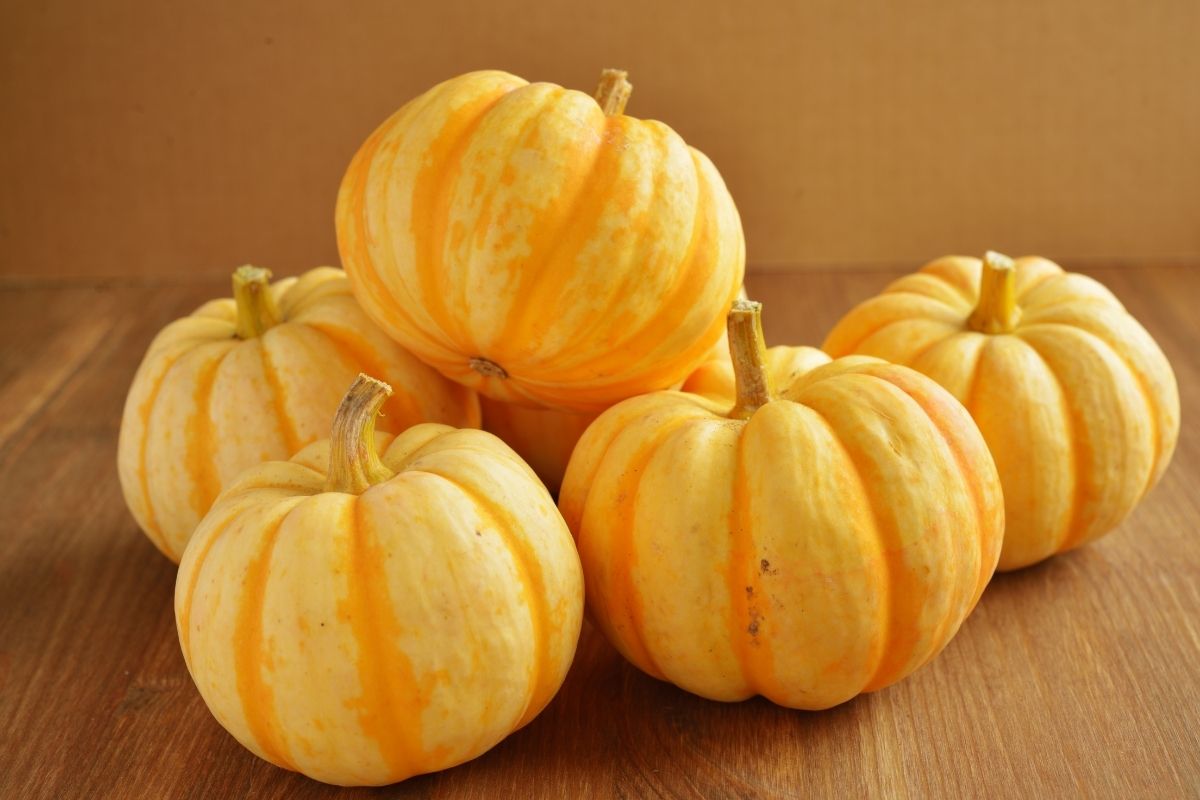
On the topic of winter, it would be rude of us not to put the winter squash on this list. Winter squash represents several species of squash from the genus Cucurbita. These types of squash differ from summer squash because they are only harvested and eaten at the mature stage.
At this stage, the rind is tougher and the seeds within have fully matured. When cooked, winter squash vegetables have an earthy, sweet potato taste. As such, we recommend making some delicious squash mash or soup.
11. Wild Endive
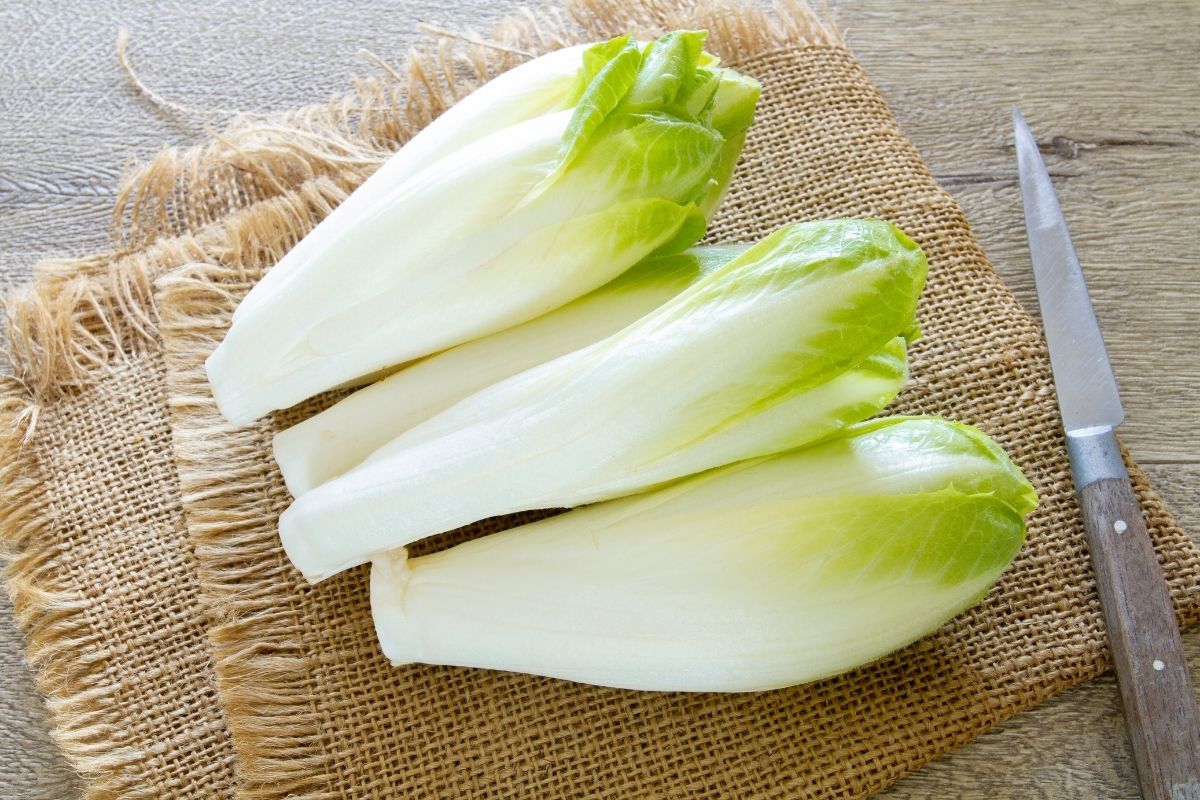
You may not have heard of this vegetable before. That is because it is sometimes called chicory. Wild endive is a leaf vegetable belonging to the genus Cichorium.
The leaves from the vegetable are eaten in fresh salads while the buds can be ground up to make an interesting alternative to coffee. In terms of taste, you can expect a surprisingly bitter flavor that gets stronger as the plant matures.
12. Wheatgrass

Wheatgrass has grown massively in popularity in recent years. This is a result of its many believed health benefits. This lush spring onion-like grass vegetable is high in nutrients, including vitamin C.
It also contains antioxidants that help reduce stress, reduce cholesterol, and protect against cancers and arthritis. To consume this vegetable most people put it in a drink.
13. Watercress
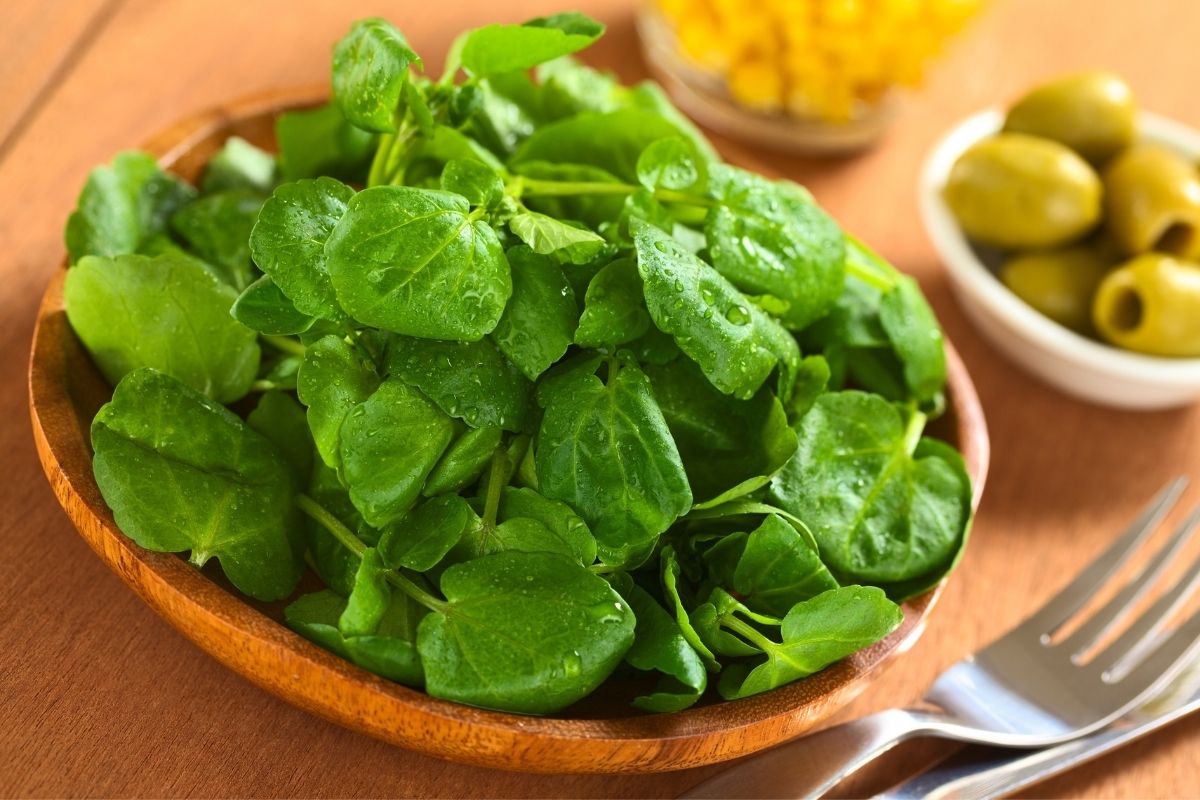
Watercress is another perfect example of a vegetable that grows in the water. It would seem this is a common theme with vegetables that start with W.
A relative of wasabi and mustard, watercress is a small to medium-sized plant with an abundance of small leaflets that grow at the end of thin stems, connected to a cluster of roots.
This vegetable is usually used to add a peppery flavor to a dish. One of its most famous uses is in an egg and watercress sandwich.
14. Water Spinach
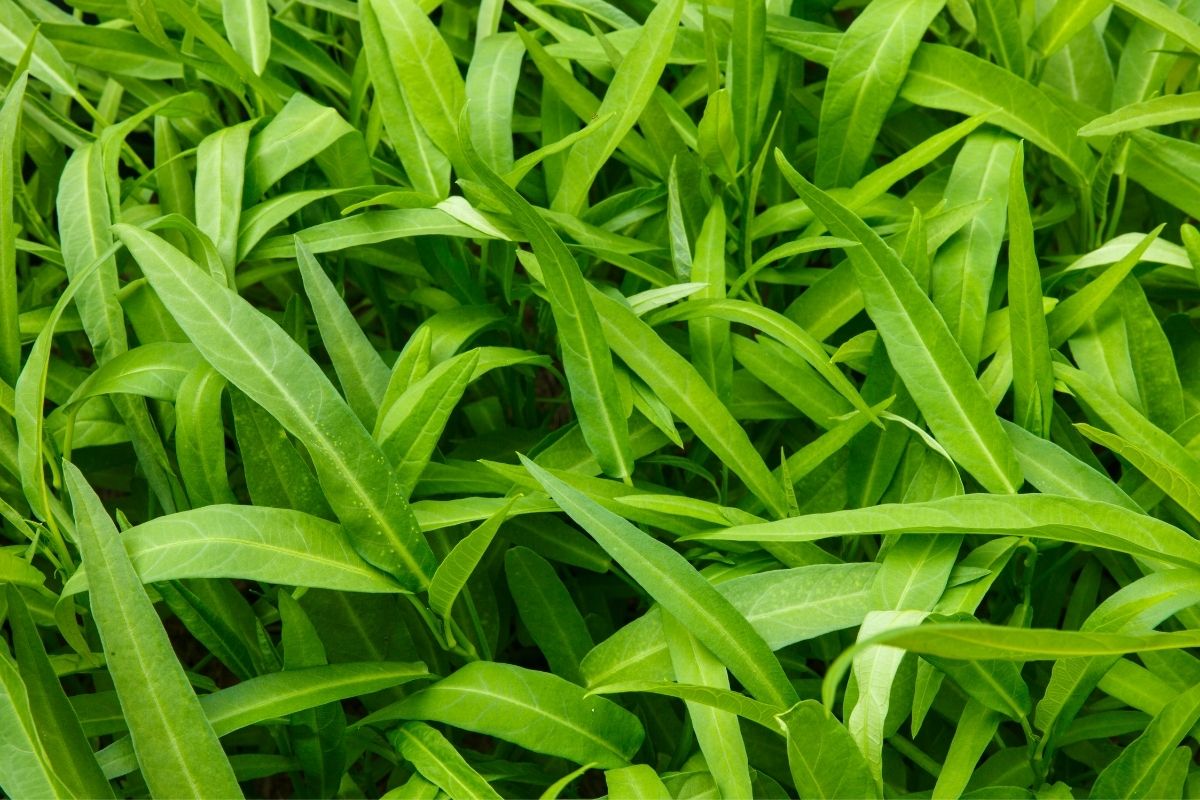
Interestingly, nobody actually knows where the water spinach comes from. Again growing in the water, water spinach is a tall, leafy green vegetable that has hollow stems that love damp soil.
The leaves and stems of the vegetable can be eaten raw and are excellent sources of iron and vitamin C. It is mostly used in salads or stir-fried. Personally, we like our water spinach stir-fried with some fresh garlic and oyster sauce.
15. Winged Bean
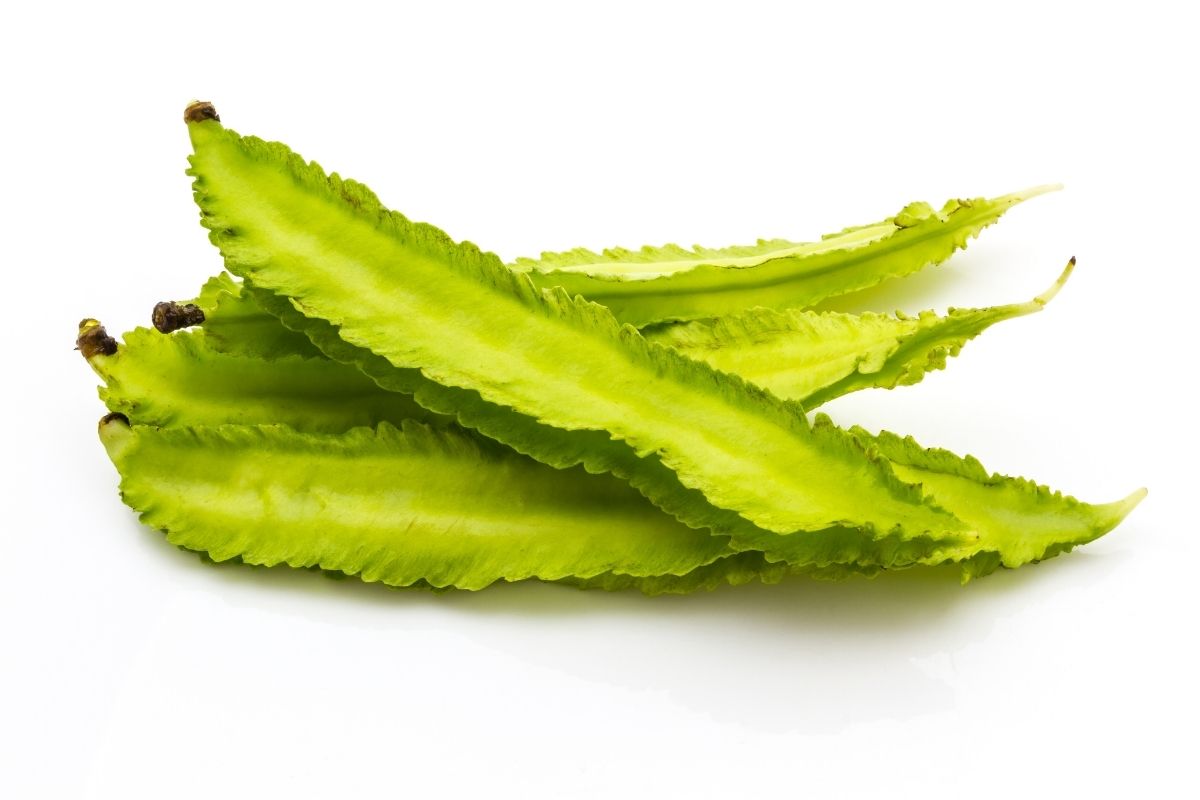
The final vegetable on our list that starts with W is the winged bean. Also known as the asparagus bean, every single part of the plant this vegetable grows on can be eaten.
Cooked or eaten raw, you can happily take a good munch on the bean pods, leaves, roots, or flowers. The winged bean is a four-corner bean native to the tropical climate in New Guinea.
Like other varieties of wing beans, the wing bean has a lovely sweet taste that goes best in a fresh Thai salad, with pork, or in a garlic and bean stir-fry.
In Conclusion
The winged bean concludes our list of vegetables that start with the letter W. As you can see from the list there are actually a surprising amount of common and uncommon vegetables on offer.
While this list may not be as big as others, it sure gives you plenty of opportunities to try something new. Now you have increased knowledge of the vegetables on offer, why not start looking for recipes with these vegetables.
A beautiful winged bean stir-fry could really impress your friends and family at your next party.
If you want to learn more about vegetables that start with different letters of the alphabet, you could also check out our other lists from this series on our website.







